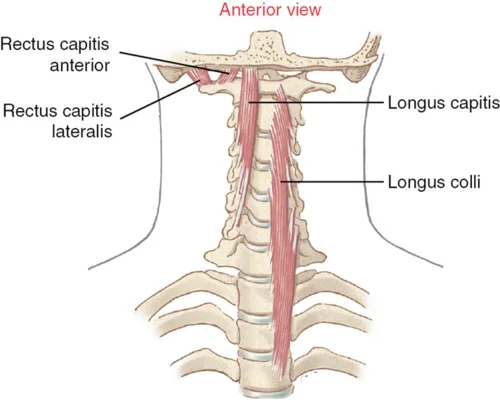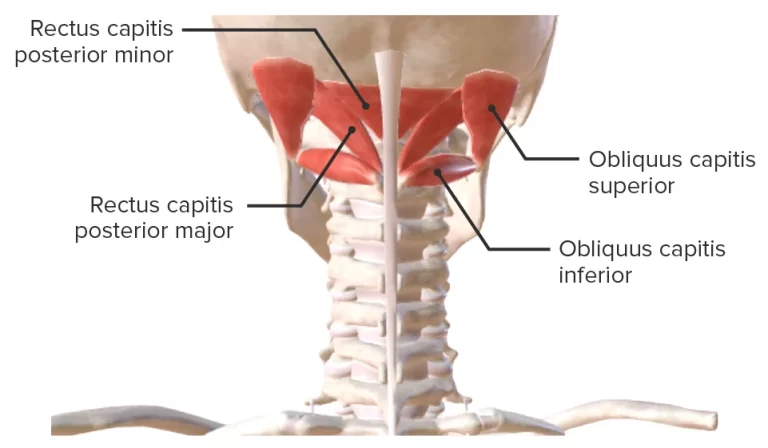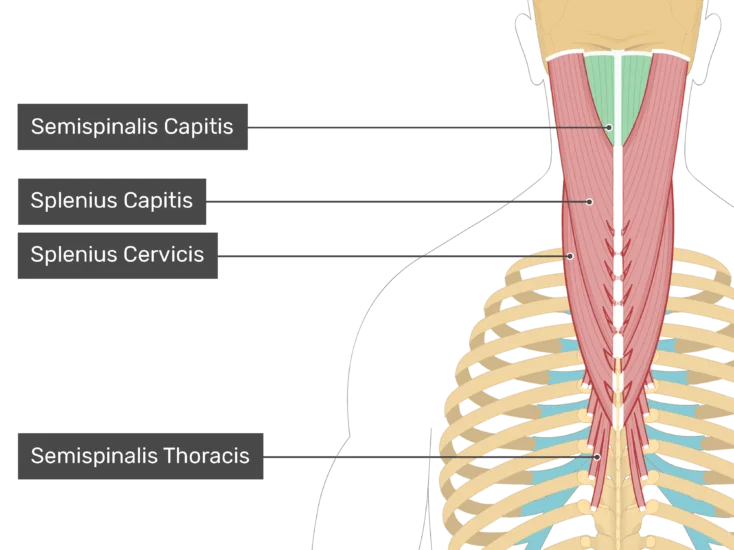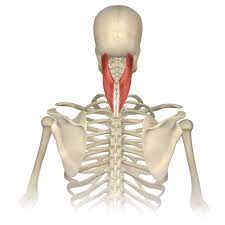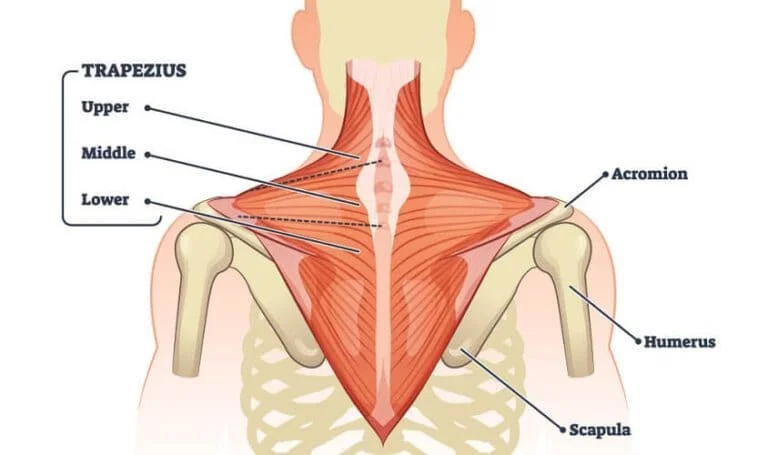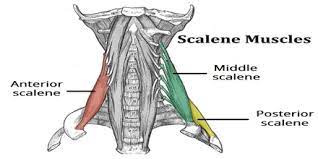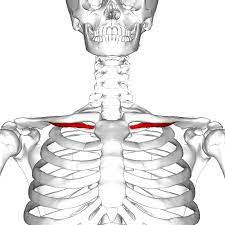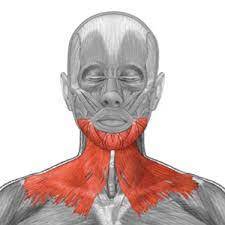Rectus Capitis Anterior and Lateralis Muscle Anatomy
Rectus Capitis Anterior Muscle What is Rectus Capitis Anterior Muscle? Rectus capitis anterior muscle is 1 of the deeper neck muscles whose primary function is to flex the head on the neck at the atlantooccipital joint. This short strap muscle relates to the group of anterior vertebral muscles combined with the longus colli, longus capitis & the rectus capitis lateralis muscles. The anterior or the lateral neck…

